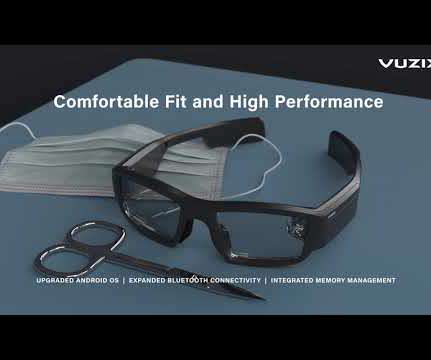Edward Tang (Avegant) on How Our Eyes & Brains Deceive Us and Making Displays to Match
The AR Show
FEBRUARY 25, 2020
Edward Tang is the co-founder and CEO of Avegant, a company building next-generation display technologies for augmented reality experiences. Prior to Avegant, Ed spent nearly 15 years working in microfabrication and MEMs technologies, including 5 years focused on applying MEMs to brain-control interfaces.












Let's personalize your content